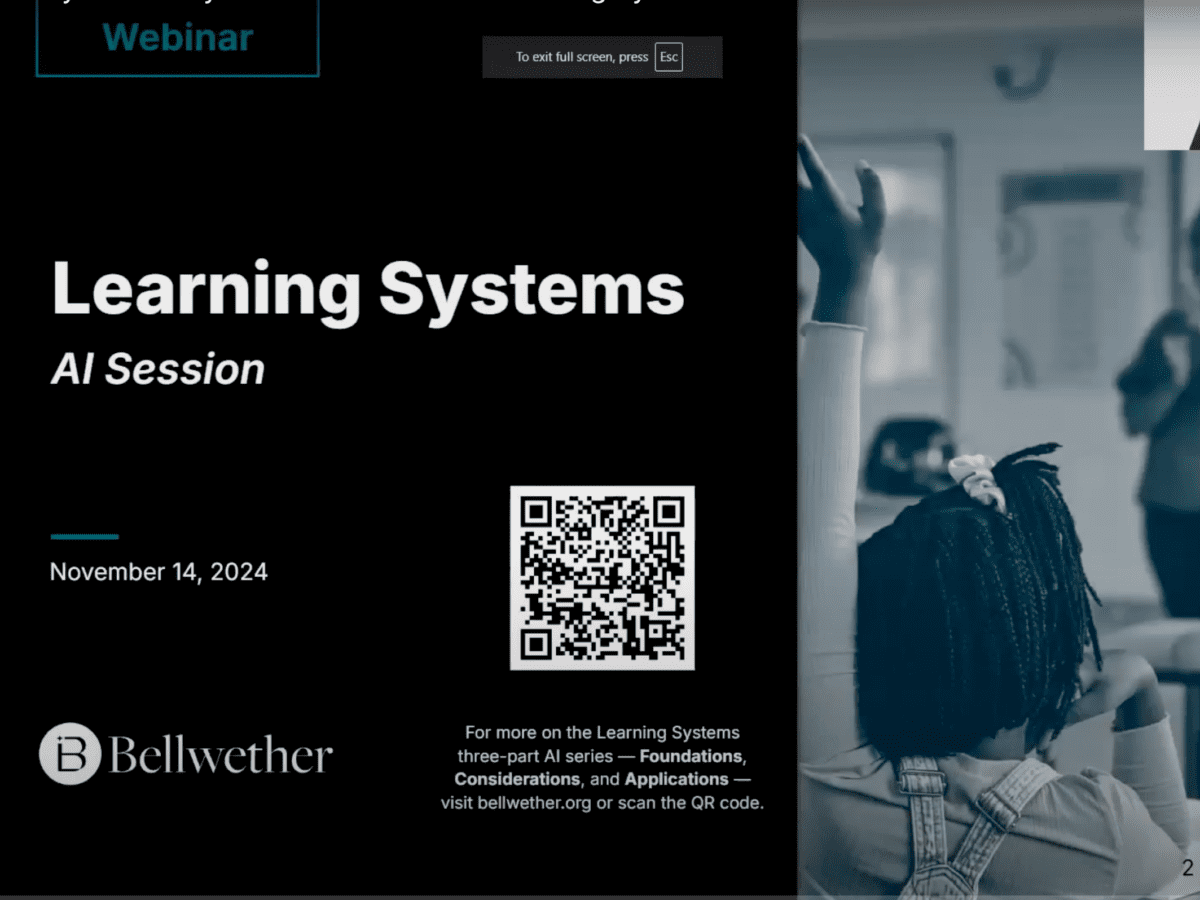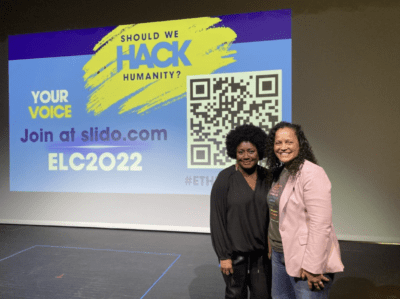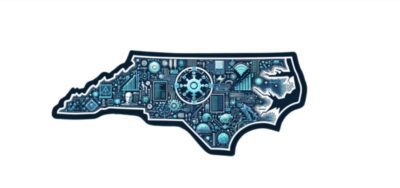
|
|
Researchers from Bellwether talked about considerations around artificial intelligence (AI) use and development and recommendations for educators and people in the education technology (Edtech) field going forward at a webinar earlier this month.
The findings were based on a three-part report series titled “Learning Systems.” They dove into the foundation in the landscape of artificial intelligence in K-12 education, its considerations, and applications for use. Over 50 AI experts were interviewed in producing the report. Research was done between May and August 2024 and published in September 2024.
“Given how rapidly the technology is evolving, we think it’s important that the report and our findings live and dynamic with updates,” Amy Chen Kulsea, senior associate partner at Bellwether, said.
The report mainly referred to generative AI and large language models. Generative AI is a system capable of creating new text, images, or other media in response to prompts based on data that exists. Large language models are programs trained on large amounts of data and can perform natural language processing tasks by analyzing and understanding text.
Researchers highlighted that AI models have been around since the 1950s. Recent increased investments and changes in technology have been led by the tech industry. The current tools that exist in the education sphere have different functions, including personalized learning and administrative efficiency among other things that save time and provide information to educators.
Current concerns about the use of AI models include data bias, accuracy, lack of insight into how results are generated, as well as cheating and copyright infringement. Researchers also noted that it is hard to predict how efforts to counter existing biases in data will play out.
From their findings, Bellwether researchers came up with three categories of recommendations. These were based around building a strong capacity for AI, infrastructure, and thoughtful design.
Strong capacity
“For us, AI is different from prior fads and Edtech trends in that it’s not only that the technology is very powerful compared to prior ones, but it is ubiquitous. It’s not just an education specific phenomenon,” Michelle Croft, an associate partner at Bellwether, said. “Even if we were to hypothetically completely ignore AI in schools — it’s showing up in search results. It’s changing how we shop online or in retail stores. It’s changing how you pick which movie you watch next. And for our students, it’s changing what skills are needed in the jobs for the future.”
Researchers said that there are risks around student data and student safety when it comes to AI use.
Croft said AI is currently changing workforce expectations in many industries, and she anticipates that those changes will continue into the future.
“So to make sure that students leave the school system with the appropriate skills that the education system really needs to adjust accordingly,” the researcher said.
Researchers said that most companies expect AI to meaningfully change their organization and how it functions in the next three years. Due to this, some workers are going to have to be reskilled to be successful.
Most students that the researchers surveyed said that they are very familiar with ChatGPT and expect generative AI to be a part of everyday life in the future. Most teachers said they believe they need to teach their students to use and develop AI so that they will be in a better position for the future and to compete globally.
While most teachers and students agree AI is important for the future, only half of teens reported using AI at school or in their free tim, ewith the stat being even lower for adults. According to researchers, a reason for low usage of AI is because as of August 2024, only half of U.S. states have had their departments of education issue or develop guidance on the technology. (North Carolina Department of Public Instruction issued an AI guidebook in January 2024.)
Croft said that districts are often waiting on their state departments to issue guidance before they issue their own. This can be due to a variety of things, such as their own level of expertise and wanting to be in line with messaging from the state. However, a lack of district policies leaves room for a misunderstanding in expectations and families challenging schools when their students get punished for using AI in their work, Croft said.
Researchers also said that it is predicted that there will be more progress in state oversight than federal oversight on AI use.
Another factor researchers said was worth considering was race and income gaps. Most teens that reported using AI were male private school students. Meanwhile, the bottom percent of teens who reported using the tool were from rural areas, Black, and/or female.
Resilient infrastructure
Chen Kulsea said that in their research, they found two primary challenges with adopting AI tools in the education system. One is purchasing decisions. There needs to be a strategy to align the district’s needs with what the purchased technology can offer to students.
The other is implementation. Educators have to be supported when putting the new technology into practice.
Edtech products with AI are modeled after other tech companies. To differentiate themselves, they will have to add features such as customization and safe guards for students and teachers to still be seen as valuable in the education sphere, researchers said.
Researchers said AI is expensive and time consuming to train. In education, public access to high quality data is a barrier to improving and testing large language models, researchers said. According to their report, a solution is having education benchmarks or standards around what is quality data and performance from AI tools.
Thoughtful design
In terms of thoughtful design, the Bellwether team said that AI models need to be made to solve a clear problem for their users. They need to be designed to support students that may struggle cognitively and socially. Also, designs need to be inspired by concrete research. Researchers also highlighted research for teaching students with learning differences and multilingual learners.
“These design recommendations are not known. They were relevant for selecting ed (educational) solutions before AI. They’ll be even more important with AI,” Brian Robinson, senior analyst at Bellwether, said.
Chen Kulsea said that a lot of the solutions AI has provided for educators have been efficiency based.
“So saving teachers’ time so that the email writing, the paper work, could be a little bit more brief so that hopefully teachers can spend more time student facing, developing the relationships, and strengthening some of those skills,” Chen Kulsea said.
What researchers referred to as “learning science research identities” can be addressed with AI. These include motivation, belonging, alignment, challenge, choice, ownership, and feedback researchers said.
Overall, researchers recommend that there should be a universal design for AI models to accommodate all learners. Examples of features the models could include are alternative assessment formats, embedded translations, and, but not limited to, content that caters to different student interests and cultural backgrounds. Without being intentional with their design, the tool may only benefit the top 5% of students.
“AI is not meant to replace humans but rather amplify authentic learning experiences, ” Robinson said.
To get a deeper look at Bellwether’s research and reports, go here.







